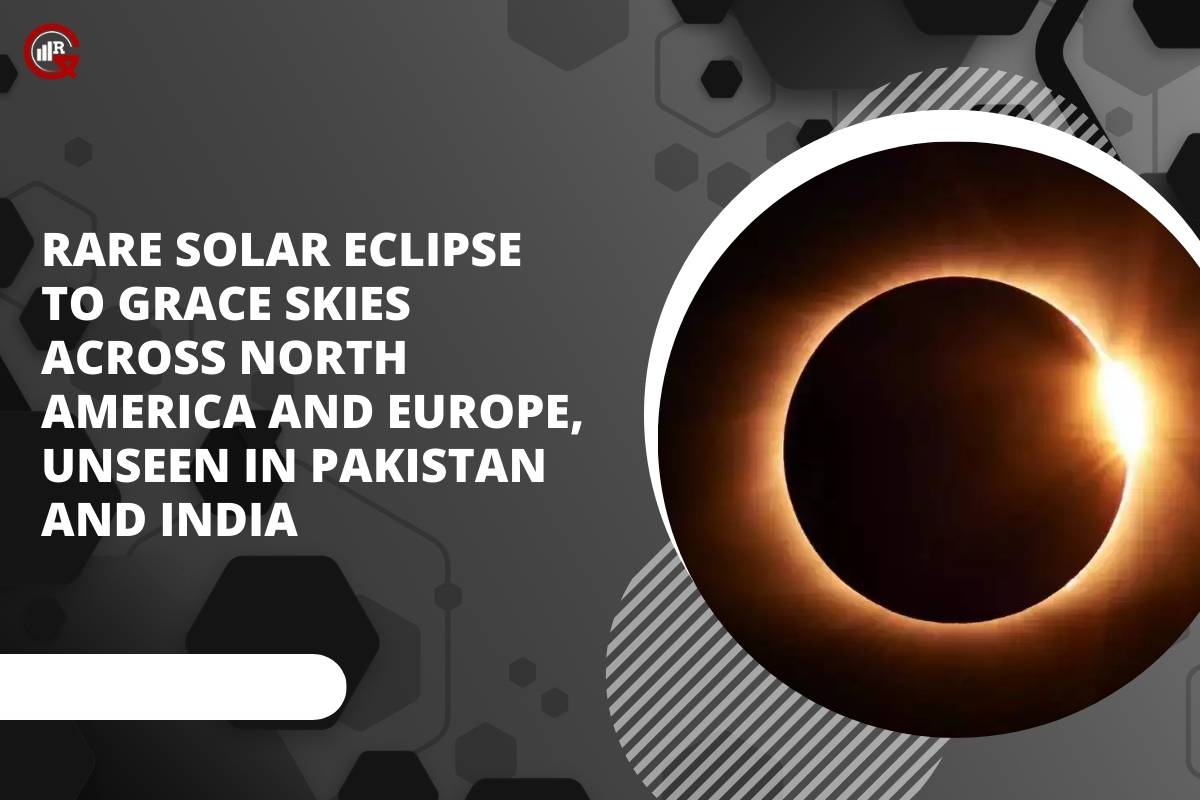A rare solar eclipse celestial event is set to captivate skygazers across North America and Europe, while sadly remaining elusive in Pakistan and India, according to reports from the Pakistan Meteorological Department (PMD) and Hindustan Times.
The Pakistan Meteorological Department (PMD) has confirmed that the eclipse will traverse the skies over Western Europe, North America, North South America, the Pacific, Atlantic, and Arctic regions. However, it’s regretfully stated that the spectacle will not grace the skies of Pakistan.
Echoing a similar sentiment, the Hindustan Times reports that India will also miss out on witnessing the total solar eclipse. The eclipse’s trajectory will be visible, contingent upon weather conditions, as it embarks on a journey starting from Mexico, traversing the United States, and eventually reaching Canada.
First-time viewers of a total Solar Eclipse will be gobsmacked by the sight
Enthusiasts of eclipses are already congregating in areas along the “path of totality,” with Fredericksburg in central Texas poised to witness the total eclipse shortly after 1830 GMT. Notably, Michael Zeiler, an experienced eclipse chaser from New Mexico, who has witnessed 11 total eclipses globally, plans to be present in Fredericksburg.
“First-time viewers of a total eclipse will be gobsmacked by the sight,” remarked Zeiler, underlining the profound impact of witnessing such a celestial event. This eclipse is expected to last longer than its predecessor in 2017, with a duration of up to 4 minutes and 28 seconds compared to the previous 2 minutes and 42 seconds.
According to NASA, total eclipses can range from a mere ten seconds to an astonishing seven and a half minutes. Cities along the path of totality include Mazatlan, Mexico; San Antonio, Austin, and Dallas, Texas; Indianapolis, Indiana; Cleveland, Ohio; Erie, Pennsylvania; both Niagara Falls, New York, and Niagara Falls, Ontario, home to the renowned waterfall; and Montreal, Quebec.
While a partial eclipse will be visible outside the path of totality in North America, approximately 32 million people in the United States reside within the path of totality, with an additional 5 million expected to travel to witness the event.
Awe-inspiring moment in the tapestry of the cosmos
Anthony Aveni, a seasoned veteran of eclipses and author of the book “In the Shadow of the Moon: The Science, Magic, and Mystery of Solar Eclipses,” described the phenomenon as “an interruption in nature’s status quo” that leaves observers breathless.
Forecasters have cautioned that the weather may be overcast across a substantial portion of the path of totality. Nonetheless, Zeiler, a cartographer and amateur astronomer, remains undeterred. He intends to meticulously study satellite images in the lead-up to the eclipse and swiftly relocate to a spot with clear skies, if necessary. Zeiler’s Great American Eclipse website offers a plethora of maps and data to assist fellow enthusiasts in their eclipse-watching endeavors. As anticipation mounts and preparations are made, millions await the rare spectacle of the solar eclipse, which promises to be an awe-inspiring moment in the tapestry of the cosmos.






